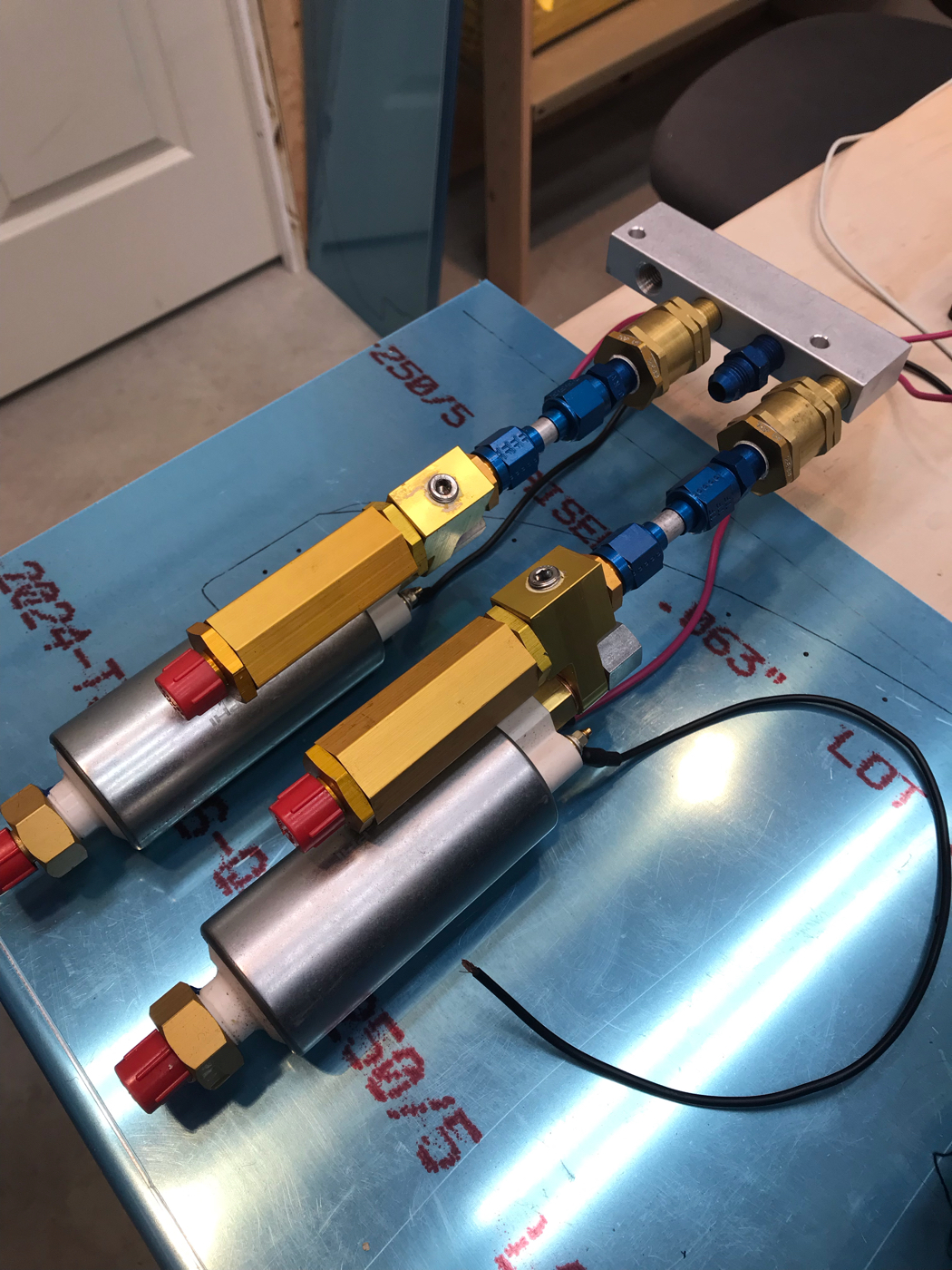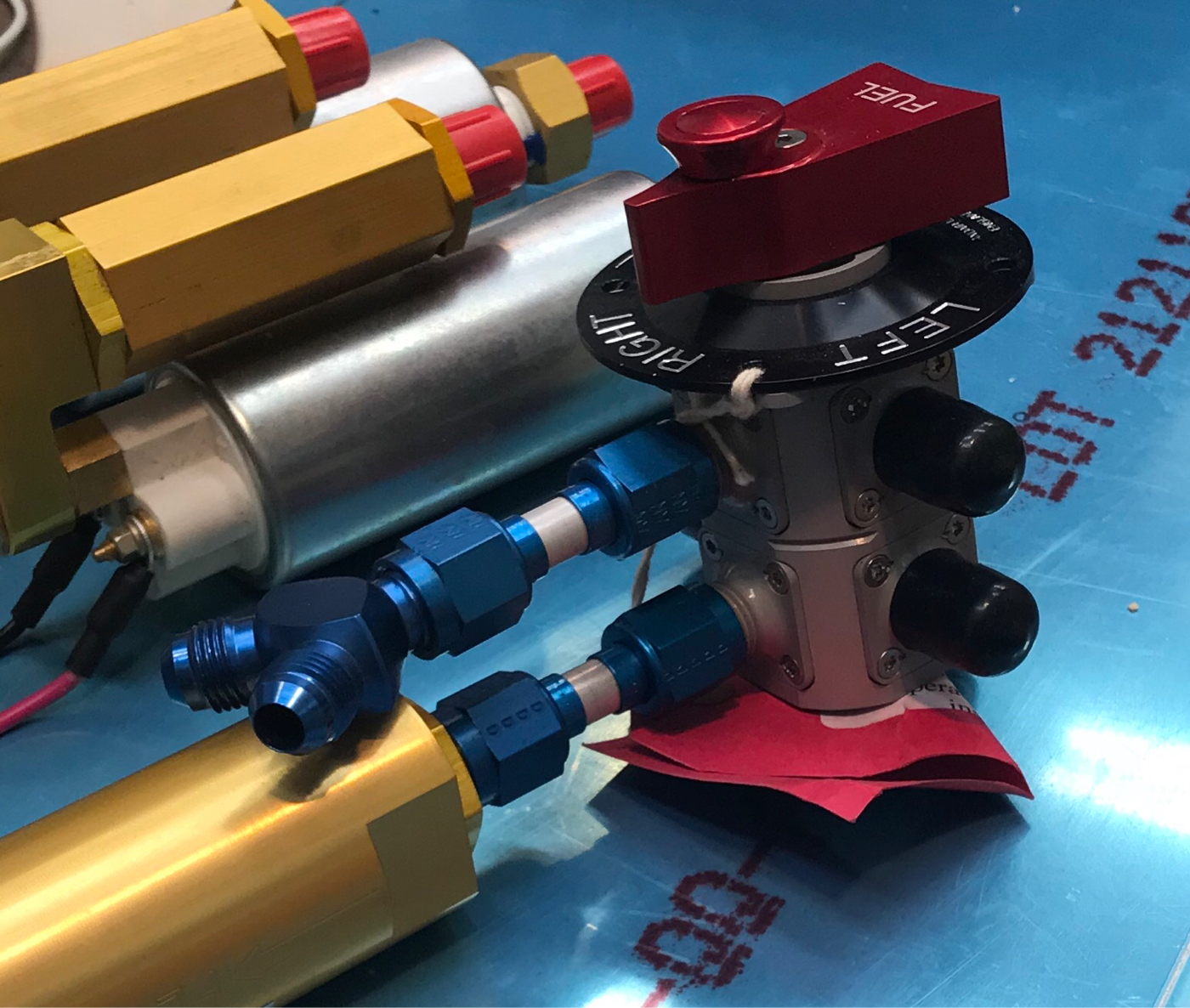BruceMe
Well Known Member
SOLVED: Weird sag mechanical fuel pump vapor-lock issue?
I have a recently overhauled IO-320. I'm in break-in and my power settings are high 25"/2500. OAT is about 50F, CHTs are running nice and evenly around 380-400F. After about 20 minutes of flying, the engine starts to sag. I watched it carefully and noticed the fuel pressure dropped bellow 18psi. When I pop on the electric pump it jumps back to life and so does the pressure (25-30psi) for a few minutes. Then about 5-10 minutes later, same thing.
I also re-routed the fuel return back to the tank (duplex valve), the preferred method, if that's an issue with low pressure.
I noticed my mag cold-air tubes weren't well secured and blowing off to the side and not down the accessories which includes the fuel pump. Is it possible the fuel is boiling in the pump and hindering the pumps ability? Is that a thing? I'll secure the blast tube and fly again (over the field) and see if that fixes it.
-Bruce
I have a recently overhauled IO-320. I'm in break-in and my power settings are high 25"/2500. OAT is about 50F, CHTs are running nice and evenly around 380-400F. After about 20 minutes of flying, the engine starts to sag. I watched it carefully and noticed the fuel pressure dropped bellow 18psi. When I pop on the electric pump it jumps back to life and so does the pressure (25-30psi) for a few minutes. Then about 5-10 minutes later, same thing.
I also re-routed the fuel return back to the tank (duplex valve), the preferred method, if that's an issue with low pressure.
I noticed my mag cold-air tubes weren't well secured and blowing off to the side and not down the accessories which includes the fuel pump. Is it possible the fuel is boiling in the pump and hindering the pumps ability? Is that a thing? I'll secure the blast tube and fly again (over the field) and see if that fixes it.
-Bruce
Last edited:






